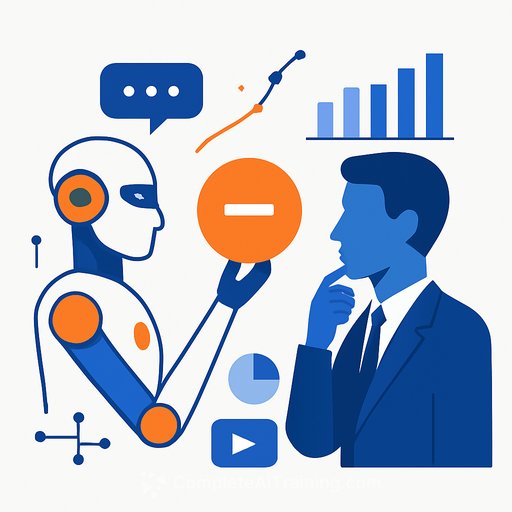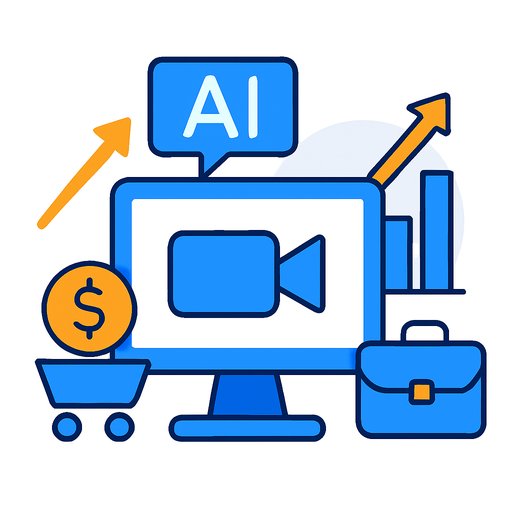From Data to Distinction: How AI Redefines Media Intelligence
It's 6:30 AM. Your dashboard is overflowing-thousands of mentions, sentiment breakouts, and trending themes climbing by the minute. AI pulled it all together in real time. Useful, yes. But leaders don't want data. They want direction.
This is the gap. Technology collects and categorizes. Pros in PR and communications turn that flood into decisions. AI changes how we gather information, but distinction still comes from human judgment-the kind that adds context, nuance, and next steps.
The AI Advantage: Speed Meets Scale
In USC's Global Communication Report 2025, more than 60% of PR respondents said AI will benefit PR, and 36% already use it for analytics or media research. That tracks with what teams see daily: AI expands reach, compresses time, and removes blind spots.
- Predictive intelligence: The USC 2025 Relevance Report ("AI Activated") highlights how predictive analytics can assess risk and flag crises before they explode publicly-moving teams from reaction to prevention.
- Beyond basic sentiment: Modern NLP catches sarcasm, cultural context, and emotional undertones. The difference between a backhanded "interesting decision" and real praise matters-and it's now detectable.
- Global, real-time coverage: From a TikTok thread in Tokyo to a podcast mention in Prague, multi-language monitoring ensures critical signals don't slip by.
Consider United Airlines in April 2017. After Dr. David Dao was forcibly removed from Flight 3411, social video triggered 426,000 tweets and 1.4 billion impressions in 24 hours. It reportedly took leadership 72 hours to shift messaging from "upsetting event" to "truly horrific" on national TV. While we don't know their exact internal monitoring then, the gap shows why AI-based sentiment tracking is now standard. Today's systems would have flagged the viral surge within hours and projected the billion-dollar market impact before the opening bell-giving teams precious time to prepare.
Read background on the United 3411 incident
The Human Imperative: Where Strategy Lives
AI excels at reporting the "what." It still needs humans for the "why" and "what's next." That's the edge.
Example: a product recall crisis. AI flags the spike, maps sentiment by market, and surfaces key voices. Helpful, but not sufficient. The breakthrough came when a crisis lead noticed parents sharing workarounds that actually increased risk. That insight reshaped the response plan-messaging, channel choice, and outreach all changed within hours.
The Strategic Differentiators
- Narrative architecture: Mentions jump 47% after a CEO keynote. AI shows the lift. Strategists connect it to bigger themes-industry leadership, category direction, customer outcomes-so the spike turns into sustained momentum.
- Cultural intelligence: Positive buzz around ESG is one thing. Pros translate that into actions: reinforce employee pride, address skeptical stakeholders, and build authentic sustainability stories across regions.
- Timing and tone: Knowing when to pause, when to localize, and when yesterday's best practice has expired is human work.
The Integration Model: Amplifying Both
- Morning Briefing 2.0: Use AI to surface patterns, then add context that ties insights to business goals. A sentiment spike becomes actionable when you show it's driven by a misunderstood feature-not a product failure.
- Predictive plus prescriptive: AI shows which messages resonate with which segments. Humans decide what to act on and craft campaigns that feel natural to those audiences.
- Scale with soul: Technology pinpoints amplification windows. Teams ensure the message stays consistent in tone and aligned with brand values as it expands.
A Practical Morning Briefing Workflow
- 01. Signal triage: Cluster mentions by topic and risk. Pull top three shifts versus the prior 24 hours.
- 02. Source credibility: Highlight primary sources, influential voices, and any coordinated activity.
- 03. Sentiment with nuance: Separate irony, memes, and outrage cycles from genuine issues.
- 04. Business linkage: Attach each insight to a revenue driver, reputation risk, or policy decision.
- 05. Recommendation set: Present one action, one test, one watch item. Keep it tight.
- 06. Accountability: Assign owners, channels, and timing. Reassess at midday.
What Changes With AI-And What Doesn't
Access to similar tools is now table stakes. Advantage comes from the blend: AI for breadth and speed, humans for meaning and momentum. The teams that win aren't anti-AI or all-in on automation; they're fluent in both.
As capabilities expand-from always-on monitoring to instant trend detection-the human role doesn't shrink; it shifts. Less manual tracking. More narrative design, stakeholder management, and ethical judgment. AI gives you the map. People pick the route and lead the way.
Next Steps for PR and Communications Teams
- Audit your stack: Can you detect sarcasm, track fringe channels, and model risk before it breaks?
- Rebuild your briefings: Replace dashboards with decisions-pattern, implication, action.
- Train for nuance: Uplevel skills in narrative framing, cultural signals, and crisis simulations.
- Measure what matters: Tie media intelligence to outcomes-conversion, churn, policy, investor signals.
Want structured, practical AI upskilling for comms teams? Explore courses by job or see the latest AI courses.
Your membership also unlocks:






